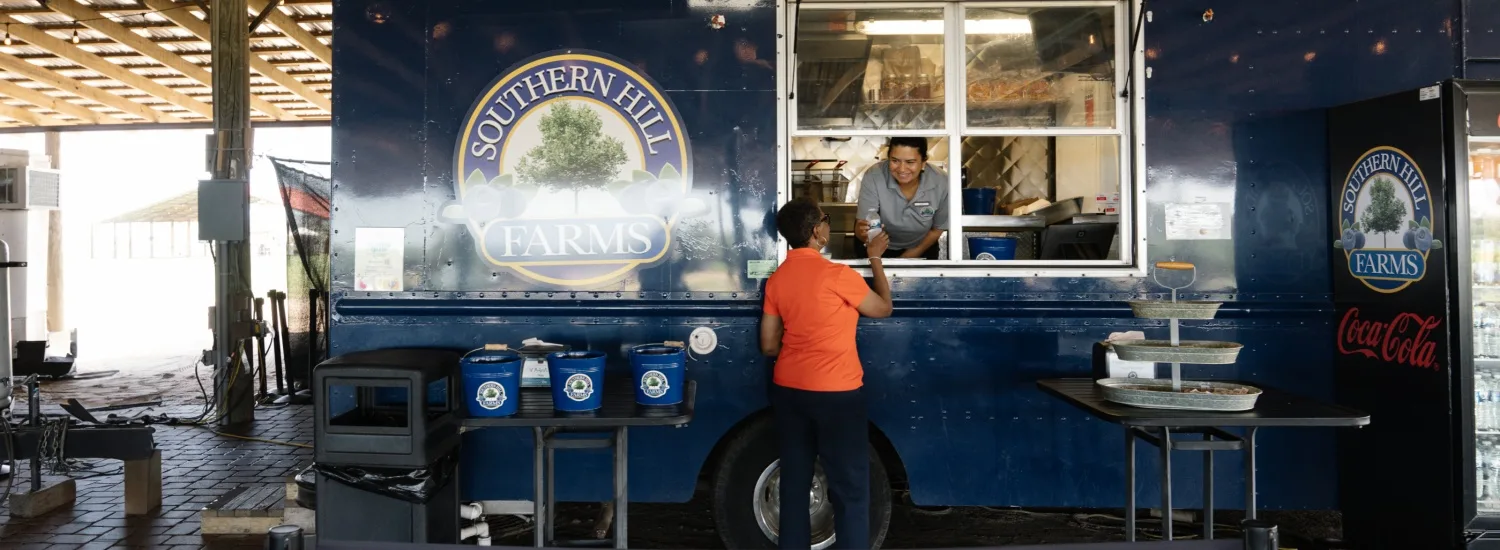If 2020 changed the workplace, 2021 made us all realize that the way we work is never going back. That also means workplace safety has changed, and companies need to stay ahead of the trend to ensure their employees continue to have a safe and healthy work environment to do their jobs.
Here at FFVA Mutual, we’ve been hard at work creating resources for employers who are ready to prioritize workplace safety and streamline the workers’ comp claims process. From distracted driving to job hazard analysis, we’ve covered it all. As you begin planning for the new year ahead, we thought it would be helpful to spotlight some of this year’s top safety blog posts. The following 5 posts touch on key workplace safety topics that every employer and employee should keep in mind.
Here are our top safety blog posts from 2021:
1. Costs of Distracted Driving
Distracted driving is very dangerous, and it’s not hard to see why. On average, texting while driving causes drivers to take their eyes off the road for around five seconds. That’s not a long time, but when you’re driving at 55 mph, that’s about the length of a football field. Distracted driving isn’t just texting, however. It also includes eating/drinking, playing with the navigation system or even talking to someone else in the vehicle. The risk of getting in an accident is even higher among company drivers, making this one of the leading (but preventable) causes of workplace injury.
Key takeaways:
- Learn what counts as distracted driving (some of them might surprise you).
- See how the CDC classifies different forms of distracted driving.
- Prevent distracted driving among your company drivers to ensure better road safety.
2. Understanding Safety Hazards in the Workplace
Reducing workplace safety hazards starts by having a good system in place for identifying them. While it’s difficult to completely remove all safety hazards, if you’re able to detect the most common ones before they cause problems, you can greatly reduce the risk to your employees. Workplace hazards fall into six main categories: general, biological, physical, ergonomic, chemical and psychological. Learn how to conduct a proper safety assessment that’s OSHA compliant and addresses the concerns of all employees, managers and other stakeholders at your company.
Key takeaways:
- Learn about the most common workplace hazards.
- Discover what you can do to identify safety hazards in your workplace.
- Conduct a safety assessment to uncover and correct any hazards you identify.
3. Workers’ Comp Claims: What to Watch in 2021
2021 was a year of uncertainty as employers continued to grapple with the COVID-19 pandemic. We took a close look at our claims data from between 2018 and 2020 to compile a list of the five most common workers’ comp claims to give employers a better understanding of this year’s trends. Some of what we found was familiar (cuts, punctures and scrapes are still the most common workplace injury). Others seemed to point to deeper changes in the industry (there’s been a greater emphasis on psychosocial injuries, like addiction and anxiety).
Key takeaways:
- Understand why strains are the costliest workers’ comp claim.
- Learn how COVID-19 continues to affect workers’ comp claims.
- See how to prevent the most common workers’ comp claims.
4. Top 5 Claims Service Benefits
Even if you’ve done everything you can to promote workplace safety, injuries and accidents can still take place. When the worst happens, FFVA Mutual provides policyholders the most reliable, respected and responsive claims service in the industry. Click for the top 5 benefits of working with FFVA Mutual.
Key takeaways:
- Lower claims counts to help adjusters build a closer relationship with employers.
- Create a personalized return-to-work approach to improve employee morale.
- FFVA Mutual’s litigation rates are 50% the industry average, giving you more savings.
5. How to Conduct a Job Hazard Analysis
Workplace accidents happen, but there’s a lot you can do to prevent them. Conducting regular job hazard analyses helps you identify workplace hazards, put proper safety protocols in place, and create happier and safer work environments for your employees. Job hazard analyses are simple but by no means easy. You can conduct one in four steps, but they require constant communication across your entire organization, close inspection of every aspect of every job and proactive deliberation to decide the best remedial steps to take.
Key takeaways
- Learn the benefits of conducting a job hazard analysis to your workplace.
- Promote employee safety through regular job hazard analyses.
- Understand the basics of job hazard analyses to conduct them on your own.
A new year is approaching, and that means organizations have another chance to reflect on what went well and what didn’t. They can use that information to double down on their successful safety procedures and target any areas of improvement. We hope these top 2021 safety blogs will help boost your 2022 safety programs!
From our team at FFVA Mutual, we want to thank you for a happy, healthy and safe 2021, and we hope you continue prioritizing safety in your workplace.
Reach out to one of our Solutionists to transform your workplace safety in the new year.






























